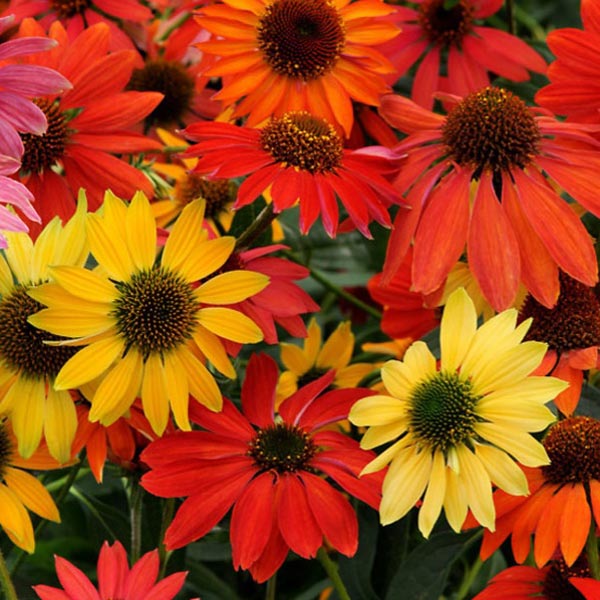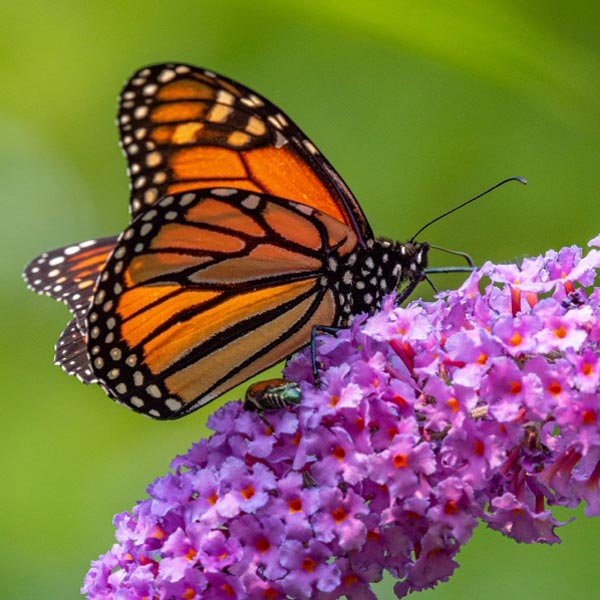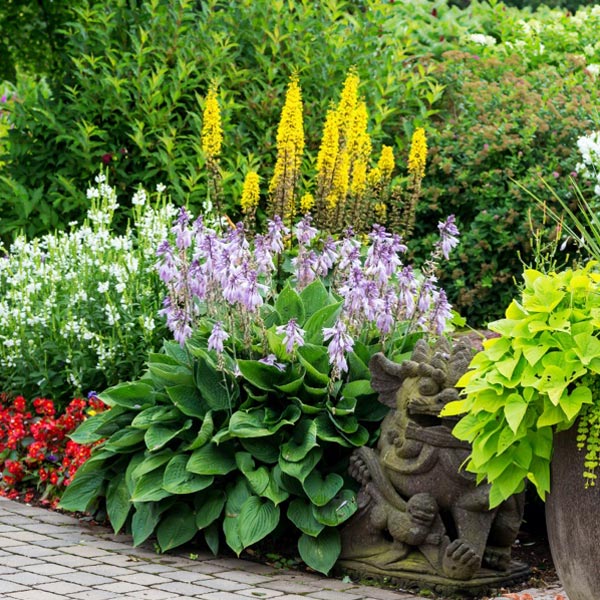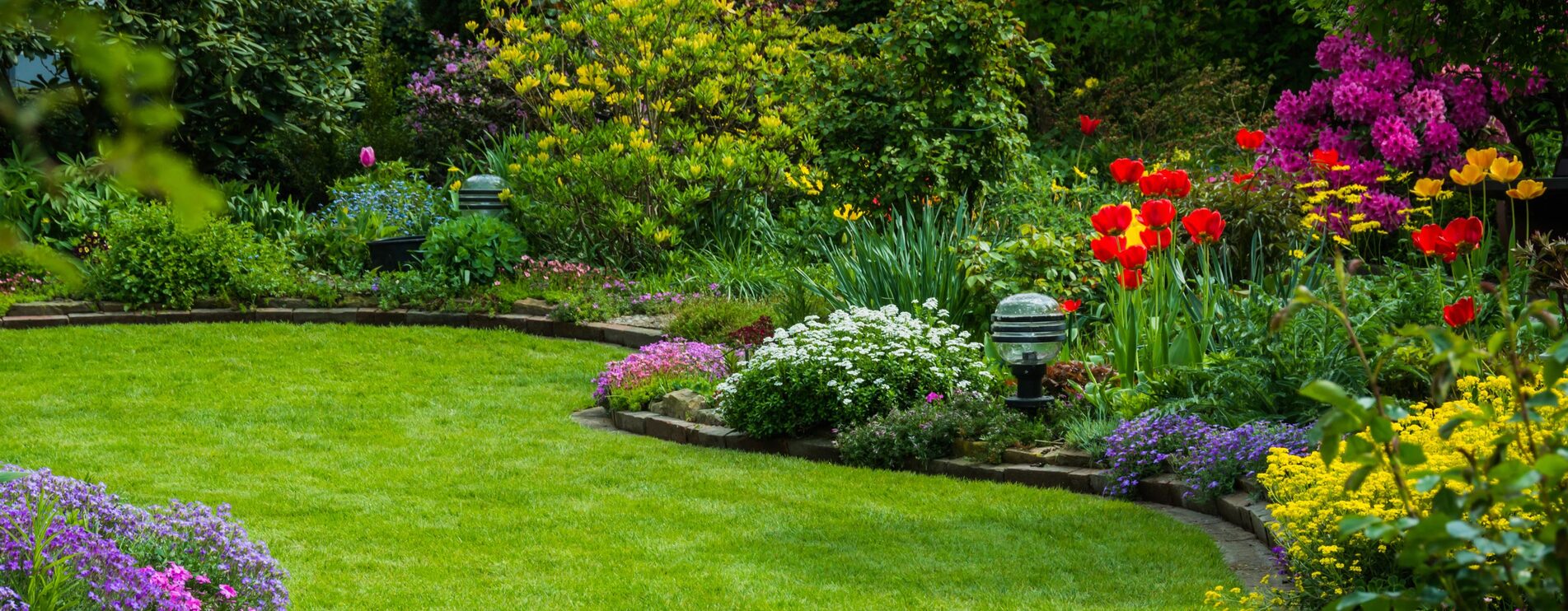Fall & Winter Care
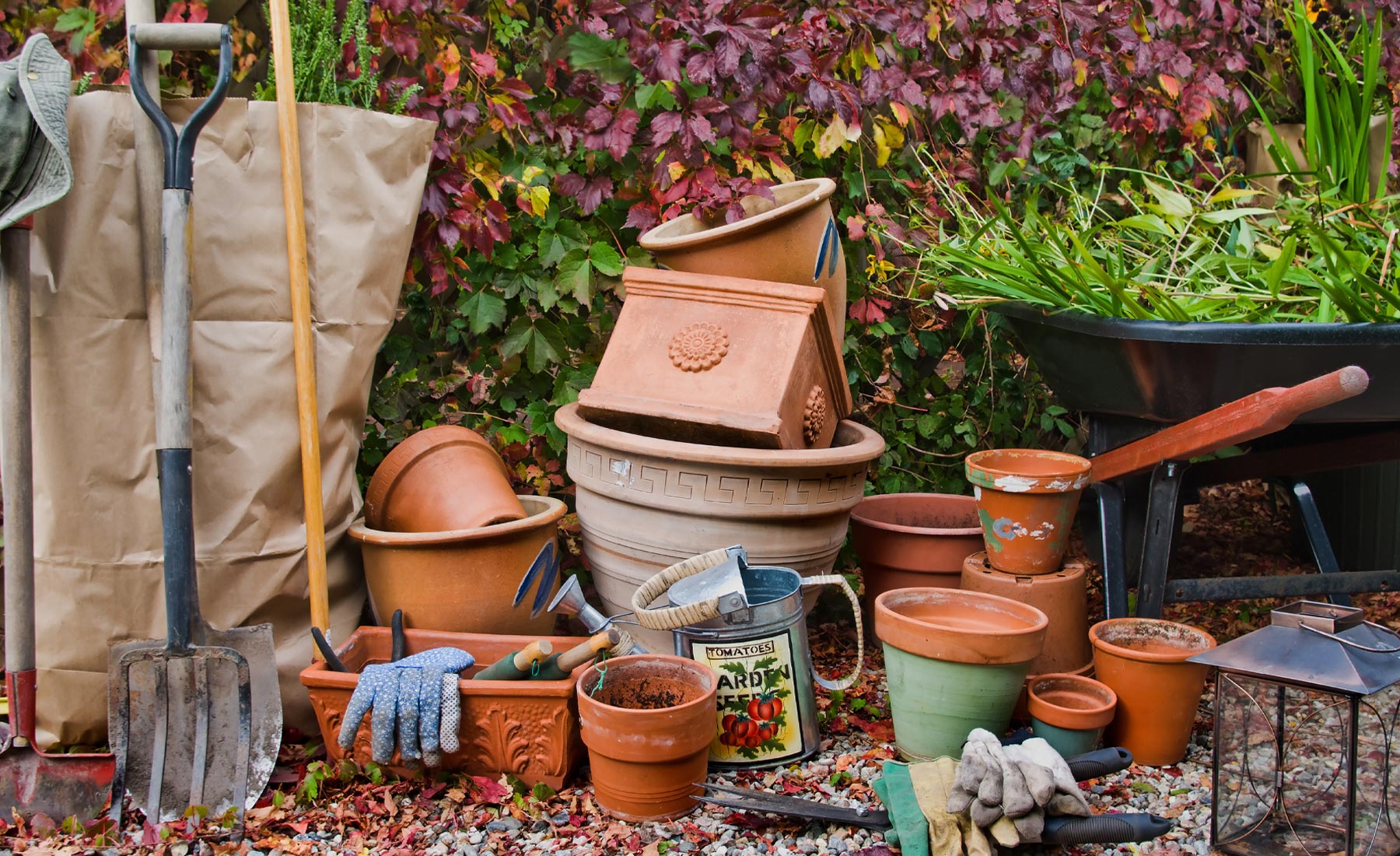
It's common practice to cut the entire perennial bed down to about 6" in late fall to remove any old debris that will be in the way next season. This is also a good time to pull out any dead annuals from the border so there is no question in the spring whether a dead looking clump is really dead or is actually a valuable perennial, not yet awake. Most perennials will show signs of life at the crown early in the spring, and with the annual tops gone the fall before, spring cleanup can be delayed quite a while. No plants need to be lost to an overzealous worker! A light application of fertilizer can be made anytime from late fall to early summer on established beds to maintain the health of the bed.
Are your plants ready for winter?
We are often asked about what, when, and how to trim plants for over wintering. Eventually you’ll want to remove the plant’s spent foliage, as most will be wintering at or below the soil line. (New growth is coming next spring, don’t worry!) Cutting the plant back to 4-6" high is a good rule of thumb. You can use almost anything from scissors, hand pruners, grass shears, to hedge shears (our personal favorite). Now is also a good time to pull out any annuals, as they won’t be coming back like your perennials will. You don’t have to cut back everything in the fall. Here are some guidelines we like to use.
Why cut back now?
- Appearances. You just want to tidy up and get everything ship shape before storing your tools.
- Dried Bouquets. You want to harvest some of the dried flowers, stalks, and seed heads for winter bouquets.
- To make raking easier. Tree leaves drifting in will turn into a wet smothering blanket over the winter which will harm your plants.
Why wait until spring time?
- You like how they look and want some winter interest. Examples would be Sedums, Hydrangeas and dark-leaved Heucheras which look great with snow.
-
The flowers heads will provide food for birds. Echinacea, Rudbeckia and others will help our feathered friends when food is scarce.
- You have a windswept location and want to help drift snow to insulate your plants. I’ll tend to cut back to 12” for winter, then go to 4-6” as the weather breaks in spring.
What should I leave alone?
- Shrubs and evergreens. You’ll be pruning for shape and health, as they will be growing on last year’s growth – not starting over like a perennial. You can tell where to stop as you are cutting back as you will see some green inside the stem (they won’t totally die back). Just start out at the tip and work your way down the stem if you are not sure. Perovskia would be a good example of one that you would not take to the ground.
- Winter flowering plants like Helleborus

